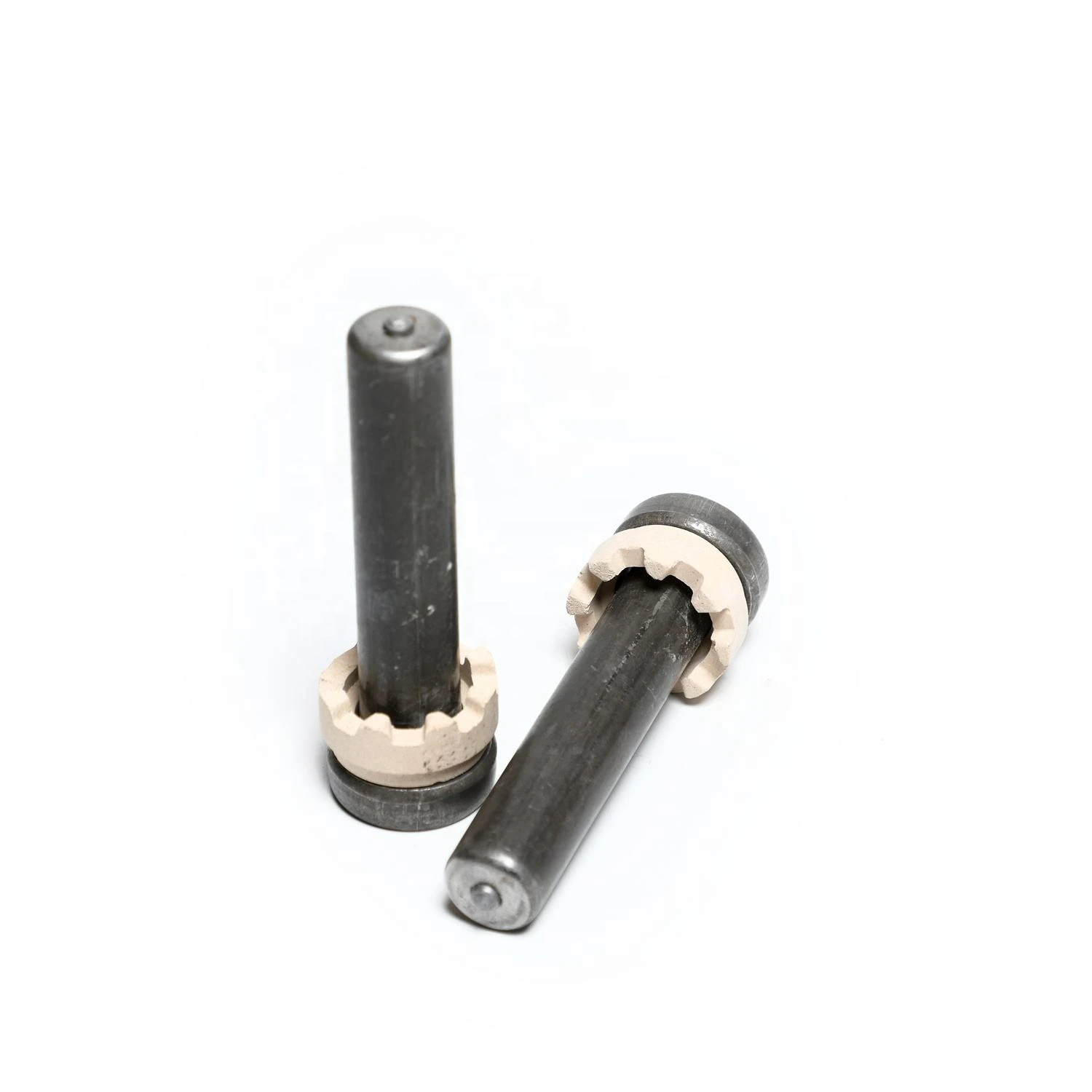

self drilling screws for plastic
Oct . 12, 2024 07:59 Back to list
self drilling screws for plastic
Self-Drilling Screws for Plastic A Comprehensive Guide
Self-drilling screws, often referred to as self-tapping screws, are essential fasteners designed for a range of applications where efficiency and reliability are paramount. When it comes to working with plastic materials, these screws offer unique benefits that can significantly enhance installation processes and overall project outcomes.
Understanding Self-Drilling Screws
Self-drilling screws feature a drill point that eliminates the need for pre-drilling holes in the material. This characteristic is particularly advantageous when working with plastic, as it reduces the time and effort required during installation while also minimizing the risk of damaging the material. The drill point creates its hole, allowing for a precise and straightforward fastening process.
Material Selection
The choice of material is crucial in the performance of self-drilling screws for plastic. Stainless steel and galvanized steel are popular options due to their excellent corrosion resistance and strength. However, it's important to consider the specific type of plastic being used. For instance, while softer plastics may not require the same tensile strength as harder plastics, using screws that are too strong could lead to cracking or other damage.
Design Features
When selecting self-drilling screws for plastic, the design features of the screws play a significant role in their suitability. Screws with a sharp point and aggressive threads are ideal for achieving optimal penetration and grip in plastic materials. Additionally, screws with a wider head design can provide better load distribution, reducing the risk of the material cracking under pressure.
self drilling screws for plastic

Applications
Self-drilling screws are used extensively in various applications involving plastic materials. Common applications include assembling plastic parts in automotive manufacturing, creating furniture, or constructing display cases. Industries such as electronics, construction, and home improvement also utilize these screws for their efficiency and effectiveness.
Installation Tips
To achieve the best results when using self-drilling screws for plastic, consider the following installation tips
1. Speed and Pressure Use a variable speed drill to maintain control over the installation. Too much speed or pressure can cause the plastic to crack. 2. Pilot Holes Although self-drilling screws do not require pre-drilling, creating a small pilot hole can help guide the screw and reduce the risk of damage, especially in hard plastics. 3. Proper Screw Length Ensure the screw length is appropriate for the thickness of the plastic being fastened. A screw that is too long can protrude and create hazards, while one that is too short may not provide sufficient holding strength.
4. Testing If working with a new type of plastic or application, it's advisable to test the installation process on a scrap piece first to avoid mistakes.
Conclusion
Self-drilling screws for plastic are a practical solution for efficient fastening in various applications. Their design and functionality make them ideal for securing plastic components without the need for additional tools. By considering the type of plastic and following proper installation practices, users can achieve a secure and durable connection, ensuring the longevity and integrity of their projects. Whether in automotive, construction, or DIY projects, self-drilling screws continue to prove their value in the realm of plastic assembly.
Latest news
-
High-Strength Hot Dip Galvanized Bolts - Hebei Longze | Corrosion Resistance, Customization
NewsJul.30,2025
-
Hot Dip Galvanized Bolts-Hebei Longze|Corrosion Resistance&High Strength
NewsJul.30,2025
-
High-Strength Hot-Dip Galvanized Bolts-Hebei Longze|Corrosion Resistance&High Strength
NewsJul.30,2025
-
Hot Dip Galvanized Bolts-Hebei Longze|Corrosion Resistance&High Strength
NewsJul.30,2025
-
Hot Dip Galvanized Bolts - Hebei Longze | Corrosion Resistance, High Strength
NewsJul.30,2025
-
High-Strength Hot Dip Galvanized Bolts-Hebei Longze|Corrosion Resistance, Grade 8.8
NewsJul.30,2025

